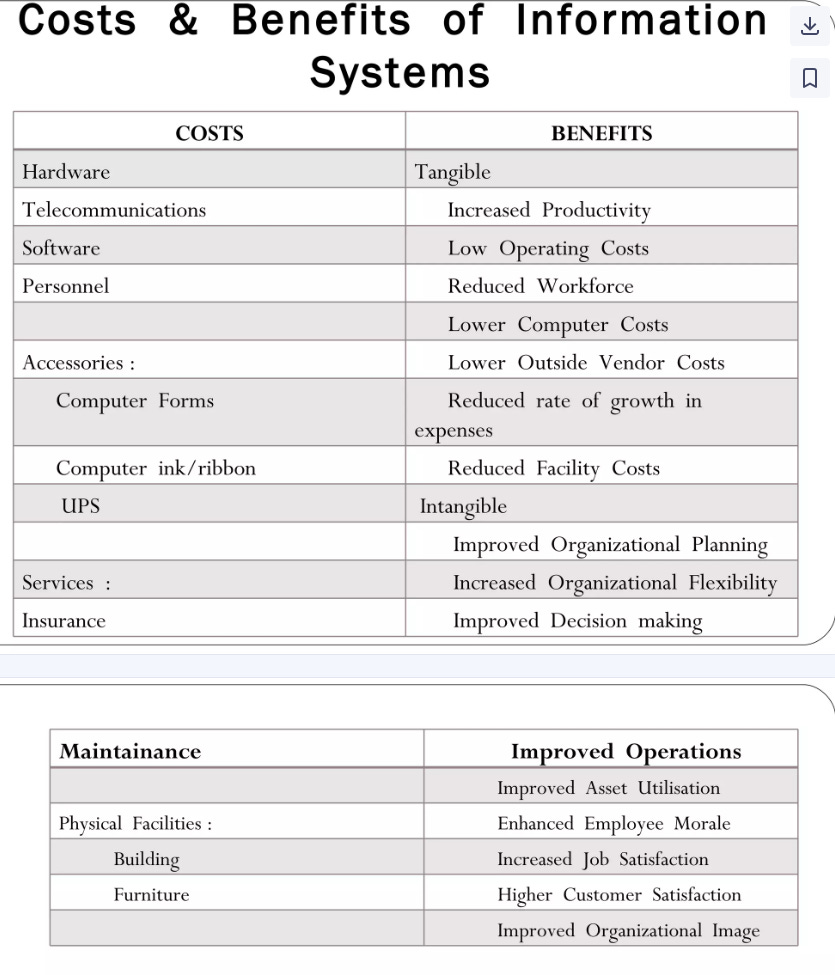Deep Dive: Decision-making Tools
Tools that make your life much easier.
Decisions.
Sometimes you regret them. Sometimes you have to take the least painful option. And sometimes, you are happy with how it all turned out.
Following your gut feeling is a good idea.
Yet, you have other options, too. They can add your decision logic, weight, and points for discussions.
You will learn about the nine tools, and at the end, discover the hidden biases that influence your decisions.
Contents:
Why Should You Work on Your Decision-Making Skills
Basic Decision-Making Process
Tools
Decision Matrix (weighted Scoring Model)
Cost-Benefit Analysis
Pareto Analysis
Six Thinking Hats
The Delphi Method
FMEA (Failure Modes and Effects Analysis)
MCDA (Multi-Criteria Decision Analysis)
Scenarios Planning
RCA (Root Cause Analysis)
Brainstorming Sessions
Cognitive Biases and Their Impact
Wrap Up
1. Why Should You Work on Your Decision-Making Skills
Decision-making skills grow your professional and personal confidence. When you make a good choice, you are over the Moon.
With training and techniques, you can get better. You can develop a clearer framework for evaluating options, weighing pros and cons, and anticipating outcomes.
One unexpected tip is to practice “premortem analysis”: before making a decision, imagine that the choice has failed miserably. This exercise forces you to identify potential pitfalls and challenges, helping you make more informed and resilient decisions.
Decision-making isn't just about choosing between options; it’s also a catalyst for creativity and innovation.
In short, you need it for moving forward, alone and with your team.
2. Basic Decision-Making Process
Decisions are made on a whim. “I like that.” “I do it.”
But some decisions get you in a process:
Identify the decision
Gather information
Identify alternatives
Consider evidence and facts
Make the decision
Implement the decision
Evaluate the decision
Decisions do not end by making them. You still have to implement and evaluate them to see how good or bad they are.
Some tools can help you decide more effectively and objectively. Especially, in the moments when you stand in front of a choice you hesitate to make.
Sometimes, your gut feeling is enough. Other times, you need analysis and data to make what is right.
3. Tools
Now, you will decide so well. I am already happy for you. The tools provide flexibility, choose which one to use based on your case, problem, or situation, and you will never go wrong.
a. Decision Matrix (Weighted Scoring Model)
Decision Matrix is wonderful for a variety of problems, especially when you have lots of options and you have to consider many factors.
Imagine you’re trying to decide which laptop to buy, and you care about things like price, life, speed, and design.
Or you want to change a job and have two tempting offers. Which one to take? Consider compensation, culture, growth, passion, or life balance.
The process:
List your options: company #,1 company #2, your current job
Identify important factors: compensation, culture, growth, passion, life balance
Assign weights to each factor: not all factors are equally important, assign a weight to each one, they represent how important it is to you. E.g. culture 10, compensation 7, life balance 7, etc. You can also think about it in percentages, all weights together should make 100%, so you can give culture 50%, compensation 40%, etc.
Score each option: on a scale of 1 to 10 (or you choose yours) score each option.
Multiply scores by weights: that’s when the magic happens. You multiply each score by the weight of that factor. E.g. compensation is 7x7 is 49 for the company #1.
Read your results: the option with the highest total score is your winner.
A decision matrix helps you not only see which option performs best overall, but also which factors are driving your decision.
It makes the whole process more logical and easier to manage. Think how easy it is to communicate such things with your team. Sweet and cool.
b. Cost-Benefit Analysis
You always have pros and cons. Cost-benefit analysis has two main applications:
Determine which option is more solid
Comparison of alternative decisions
Your ultimate goal is to earn money as a person or a company. Meaning you need to make profits. So, what you do in your company must produce more benefits than costs. That is how you survive and prosper.
Benefits > Costs
The process:
Identification of costs & benefits
Evaluation of costs & benefits
Choice
Easy in principle, but not so easy in practice. Look at this example:
You have hard costs, but also tangible/intangible benefits. Some are difficult to measure. (Let’s not talk about the advantages of leadership development since you always have a dispute about the investment returns.)
Cost-benefit analysis might not consider all the costs and benefits. While you will have numbers on your tables, you should always look at them with a critical eye because things such as atmosphere, culture, and good neighborhood are just abstract and invaluable.
Plus, consider how market conditions temper your costs. Your analysis might be quickly outdated when it comes to employment costs, rents, etc.
The advantage of this analysis lies in numbers. Numbers give people a feeling of well-informed decisions. It is easier to come to your boss with numbers showing how efficient the new system is than when you come up with the idea without any data.
Data rules.
c. Pareto Analysis
Pareto analysis is a simple yet powerful technique used to prioritize tasks, problems, or causes based on the principle that 80% of outcomes come from 20% of the causes.
It helps you focus on what matters by identifying the most impactful factors.
The process:
Keep reading with a 7-day free trial
Subscribe to leadink to keep reading this post and get 7 days of free access to the full post archives.






